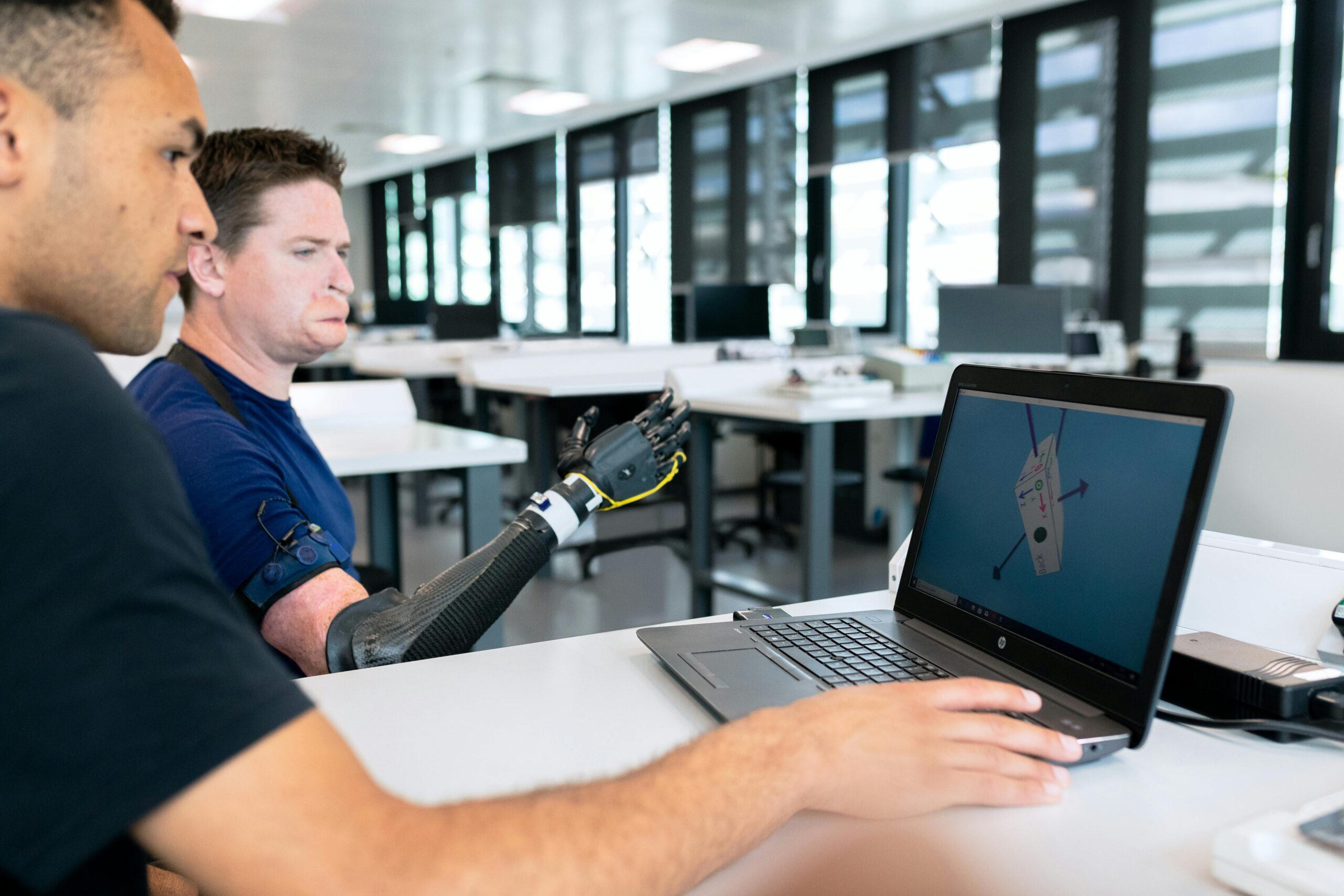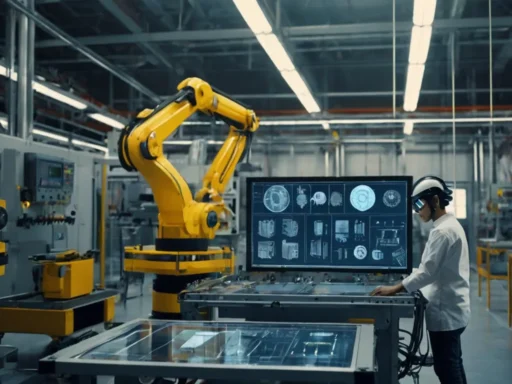Picture a world where you can create anything you imagine. Your dream house, favorite superhero, or even an entire city can come to life in a virtual environment. Sounds like magic, right? But this isn’t magic. 3D modeling is a technology that has transformed many fields. It impacts gaming, animation, architecture, and medical research.
You see, creating 3D models isn’t about drawing shapes on a computer screen. There are 15 different techniques, each with its unique approach. Artists create some by sculpting clay. Others build with LEGO. Some use AI and complex algorithms to craft worlds without manual effort.
But before we jump into these techniques, first understand 3D modeling:
What is 3D Modeling?
3D modeling is all about making three-dimensional objects with special software. These objects can be anything. They might be video game characters, e-commerce products, or even medical prosthetics. A 3D model consists of tiny points called vertices, which connect to form shapes, also known as meshes.
But different creators design 3D models in various ways. Depending on what you’re designing, the technique you choose can make or break your project. So, let’s go through the 15 different types of 3D modeling and see which one suits your needs best.

1. Box Modeling
Think of a sculptor starting with a block of marble. Box modeling follows the same principle. You start with a basic shape like a cube or sphere, and you refine it over time by adding more detail. This method is often used in animation and product design. It helps modelers work in a more organized way.
✅ Best For: Hard-surface objects, characters, and props
2. Polygon Modeling
If you’ve ever played Minecraft, you already understand polygon modeling. Modelers don’t start with a full shape. They build objects one point and one polygon at a time. This gives them precise control over the model’s shape.
✅ Best For: Game characters, vehicles, and detailed environments
3. Boolean Modeling
Have you ever cut out a shape from a piece of paper? That’s exactly how Boolean modeling works. It combines or subtracts objects to create new shapes. Imagine fusing a cylinder with a box to create a futuristic helmet—that’s Boolean modeling in action!
✅ Best For: Mechanical parts, industrial design, and architectural structures
4. Procedural Modeling
What if I told you that you could create an entire forest in seconds without placing each tree manually? That’s what procedural modeling does. It uses mathematical algorithms to create models. These models follow set rules and work without human help.
✅ Best For: Landscapes, cities, and complex patterns
5. Kitbashing
Ever built something using LEGO bricks? Then you’ve already experienced kitbashing. Designers often use pre-made parts. They combine these parts in unique ways instead of starting from scratch. This technique is popular in sci-fi movie design and game development.
✅ Best For: Concept art, vehicle design, and hard-surface modeling
6. Photogrammetry
Imagine you want a perfect 3D replica of the Taj Mahal. Instead of modeling it by hand, you take many photos from various angles. Then, you use software to recreate the whole structure. This technique is called photogrammetry. It brings real-world objects into the digital world with amazing accuracy.
✅ Best For: Archaeology, architecture, and realistic game environments
7. 3D Sculpting
Traditional sculptors use chisels and clay. Digital sculpting is similar. Instead of clay, you use software tools. These tools let you push, pull, and smooth surfaces. Programs like ZBrush have revolutionized the design of characters and creatures.
✅ Best For: Human faces, fantasy creatures, and organic models
8. Multi-Resolution Sculpting
This technique allows artists to switch between different levels of detail while sculpting. Imagine beginning with a rough statue and using a close-up view to add tiny wrinkles on the skin.
✅ Best For: High-detail character modeling
9. Dynamic Topology Sculpting
This method changes the number of polygons on its own as you sculpt. It adds details only where you need them. Think of it as an AI-assisted sculpting tool that ensures efficiency and flexibility.
✅ Best For: Fast prototyping of organic models
10. NURBS Modeling
If polygon modeling is like building with blocks, NURBS modeling is like drawing smooth curves. It’s used in car designs, jewelry, and high-precision models. These items must have mathematically perfect curves.
✅ Best For: Automotive, industrial design, and engineering
11. Edge Modeling
Edge modeling starts by placing individual edges. Then, it fills in the gaps instead of using a big shape. It’s a slow but accurate method. Use it when box modeling lacks flexibility.
✅ Best For: Complex shapes like human faces and intricate objects
12. Modular Modeling
Have you noticed how some video games reuse the same buildings or objects? That’s because they’re using modular modeling. By creating interchangeable parts, designers can build large environments without wasting resources.
✅ Best For: Game environments and architectural design
13. Image-Based Modeling
This method takes 2D images and reconstructs them into 3D objects. Making detailed 3D models by hand is common in product modeling. But this process takes a lot of time.
✅ Best For: Special effects, animation, and product models
14. Surface Modeling
Like NURBS modeling, but instead of using curves, it uses patches and surfaces. It offers more flexibility when creating organic models like animated characters.
✅ Best For: Animation and product design
15. Laser Scanning
A laser scanner records the shapes of real objects. It then turns them into 3D digital models. This technique is crucial in areas needing precision, like medical imaging and forensic analysis.
✅ Best For: Scientific research, medicine, and architecture

Final Thoughts
As you’ve seen, there’s no one-size-fits-all approach in 3D modeling. When creating game characters, you will likely use polygon modeling or sculpting techniques. If you work in architecture, use NURBS and procedural modeling. To capture reality, choose photogrammetry or laser scanning.
Next time you watch a 3D movie or play a game, take a moment to appreciate the technology behind it. Who knows? Maybe one day, you’ll create the next big 3D masterpiece!



